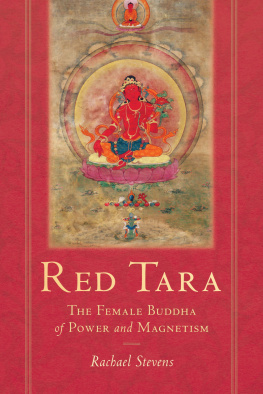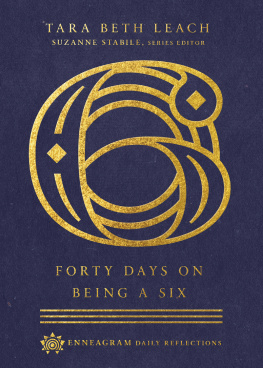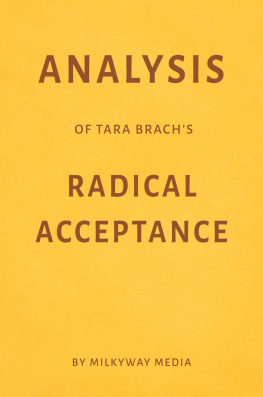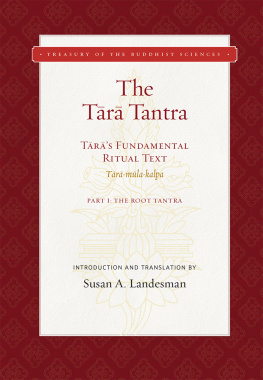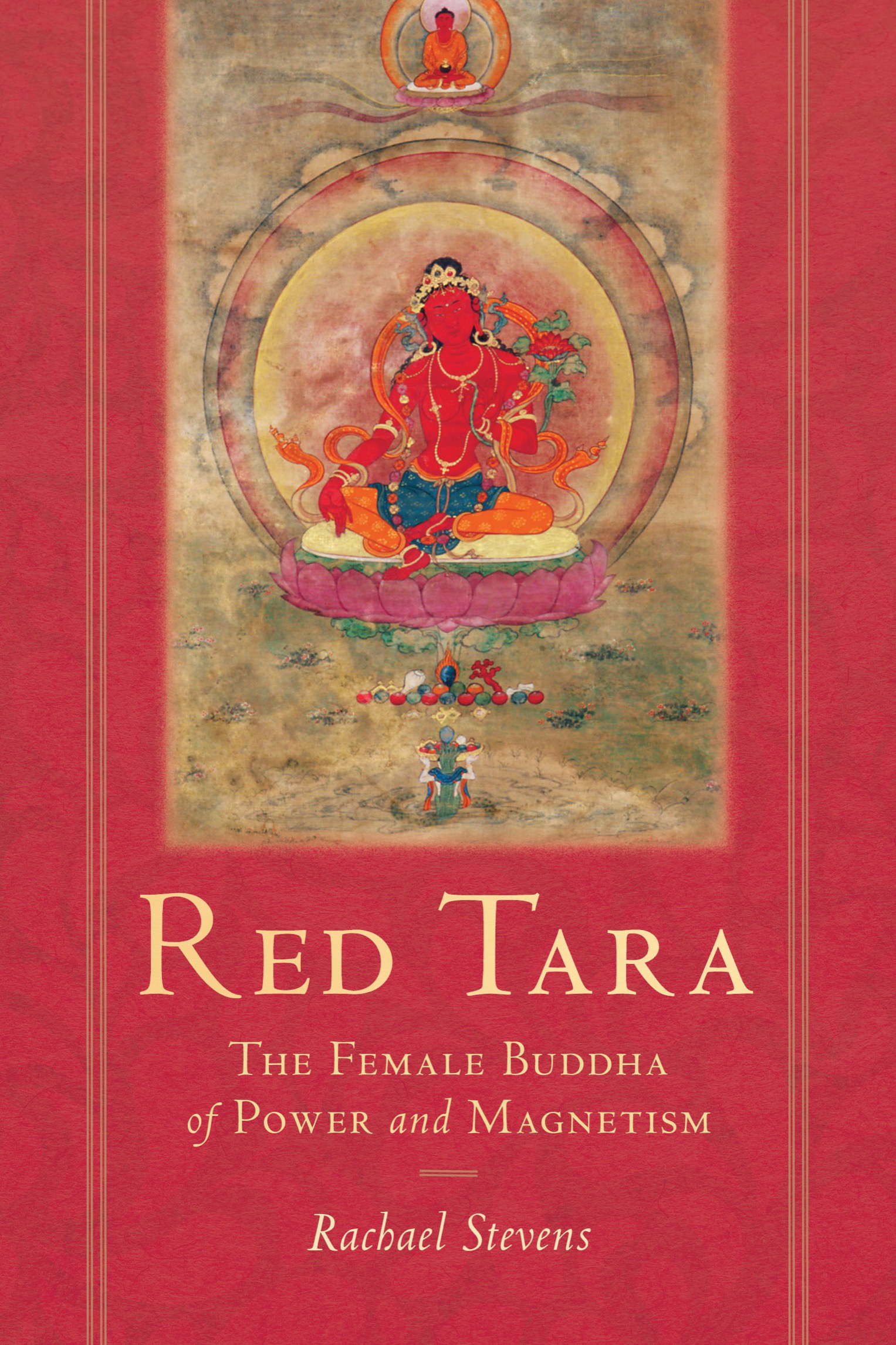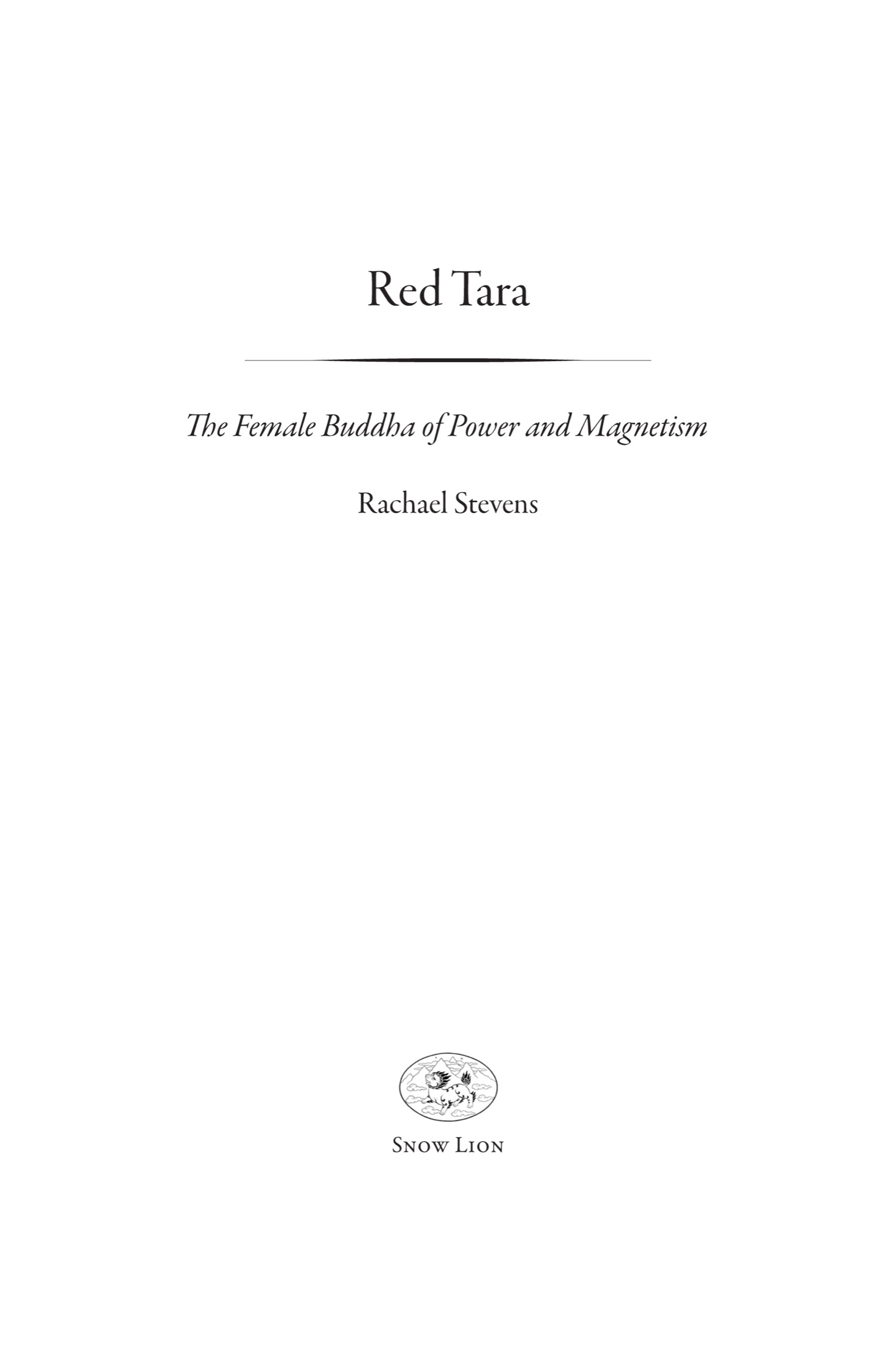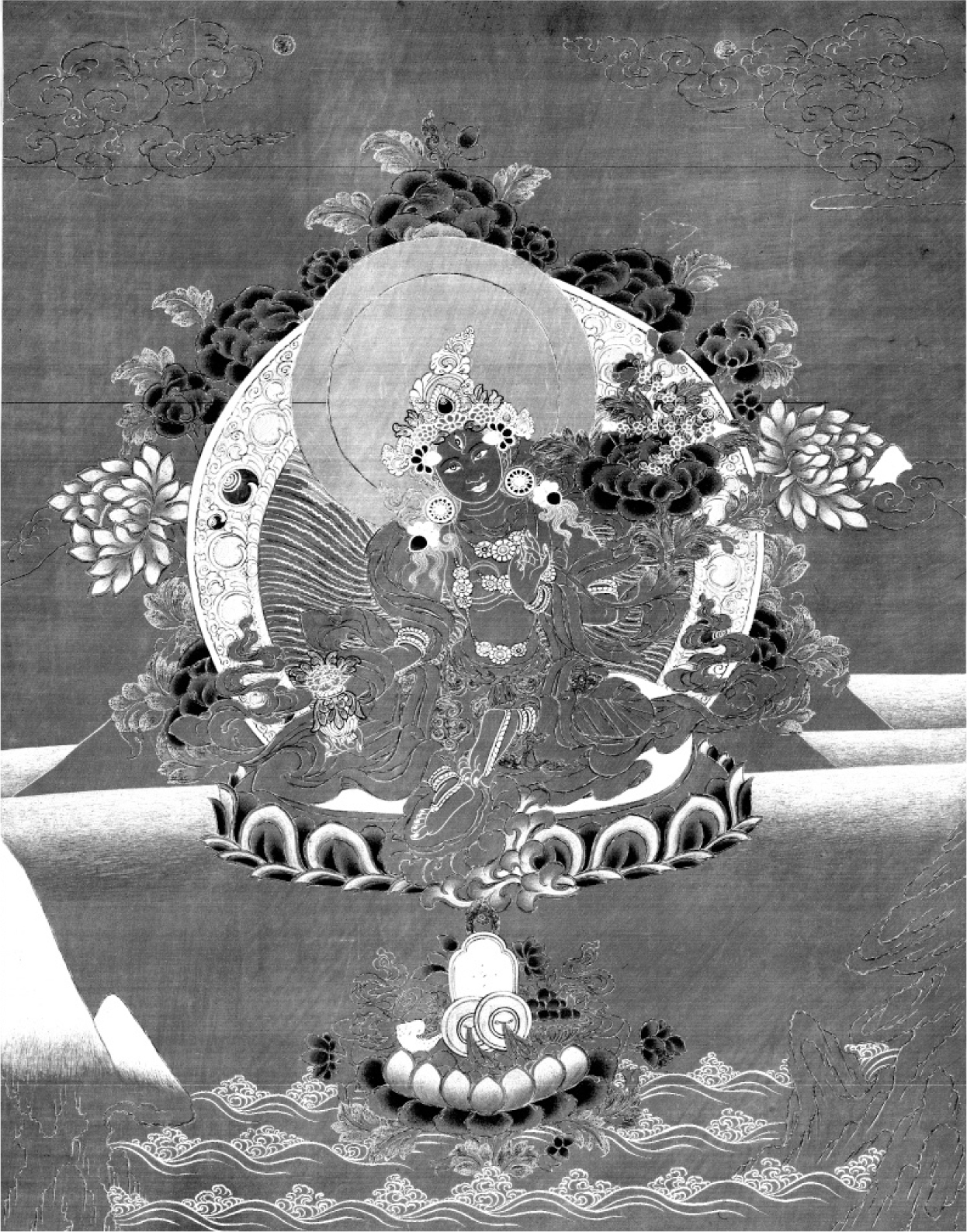An imprint of Shambhala Publications, Inc.
Cover art: Tara (Buddhist Deity), Tibet, 17001799. Copyright
The Hahn Cultural Foundation/Hwajeong Museum.
All rights reserved. No part of this book may be reproduced in any form or by any means, electronic or mechanical, including photocopying, recording, or by any information storage and retrieval system, without permission in writing from the publisher.
Names: Stevens, Rachael, 1980 author.
Title: Red Tr: The female buddha of power and magnetism / Rachael Stevens.
Description: Boulder: Shambhala, 2022. | Includes bibliographical references and index.
Classification: lcc bq 4710. t 3 s 74 2022 | ddc 294.3/42114dc23
Preface
One morning I entered the gates of the Mahabodhi Temple amidst the hubbub of pilgrims arriving for their morning khora, or circumambulations, of Buddhisms holiest temple, which marks the site of the Buddhas enlightenment. My mind was on an upcoming retreat and its ten days of meditation at a local Tibetan temple. Although we werent allowed the usual forms of entertainment to divert our attention, one concession was made: retreatants could bring Buddhist reading material to study during the breaks between sessions.
As I entered the temple precinct that morning, I was drawn to a small bookshop by the main gate. Thinking of my upcoming retreat, I entered the shop and spotted a small pocket-sized book on the goddess Tr. However, this was not the goddess I already knew. Here she was described in a red form. I had never heard of this Red Tr, but my interest was piqued. I paid for the book before joining the stream of pilgrims in our clockwise walk around the Mahabodhi Temple.
Later, at the retreat, I had finished the short book and was desperate to find out more. the Tibetan master who discovered the Red Tr teachings about which I had read. This desire to know more about the goddess led to my doctoral thesis on the various forms of Red Tr and her modern-day practice, which in turn became the foundation of this work.
My hope is that your interest in this rare goddess is piqued as mine was that morning in Bodhgaya and that the information provided on these pages inspires your own journeys into the Dharmafor we never know where one seed of inspiration might lead.
Figure 1: Red Tr from Apong Tertons tradition.
Kathmandu, Nepal, twenty-first century.
Introduction
The goddess Tr is well-known to all practitioners of Tibetan Buddhism. In both her green form who allays fears and her white manifestation who provides long life, she is often turned to in times of distress. In fact, during the recent COVID-19 pandemic His Holiness the Dalai Lama encouraged practitioners to recite the mantra of Green Tr: o tre tuttre ture svh.
This book sets out to provide an introduction to the goddess and contextualize why she is of such importance to the tradition. The introductory chapters provide details about the history of the worship of Tr and how she became so central to Tibetan Buddhist practice. The goddess has many forms, and she is most well-known as Green Tr, White Tr, or as the group of deities known as the Twenty-One Trs. She is seen in these manifestations as a mother, protectress, and savioress. She is a calm presence who serves to guide us through ssara. However, lesser-known manifestations that exemplify a different side of the goddess abound. Part 2 of this book examines Tr in her red forms. This discussion of Red Tr also sheds light on the practice of wang, magnetization and subjugation, which has received little attention in the past.
Although Tr is well known to practitioners, with her statues and paintings gracing the sanctuaries of Tibetan temples, the mythological and historical background of her practice is less well understood by the average devotee. Part 1 of this book will therefore introduce the Buddhist goddess Tr. Who is she? Why is she worshipped and how? Chapter 1 aims to build a basis for further discussions of the goddess by providing an overview of her origins, both the mythological stories highlighting her past lives and the historical evidence, scriptural and archaeological, of her worship in India and beyond. The links between Tr and other important deities in the Tibetan tradition are examined. Tr is a role model for practitioners of Tibetan Buddhism, particularly female devotees because of her vow to work toward the liberation of all sentient beings in a female form, and the reasons for this will be discussed.
Chapter 2 moves on to examine the cult of Tr in India and Tibet in more detail, highlighting the key Mahyna and Vajrayna texts concerning the goddess. Tr has been central to the life of many famed Buddhist practitioners, and this chapter also discusses their link to Tr and her importance in their lives and religious careers, followed by some stories of the goddess miraculous powers. Chapter 3 serves to introduce the key forms of Tr: Green, White, the Twenty-One Trs, and others. The goddess role in protecting one from the eight great fears is introduced. In modern society we too are plagued by concerns about how to keep ourselves and our families safe. Although the list of fears may have changed over time, Trs role as a motherly protector to whom we can turn remains. Chapter 4 concludes part 1 with an examination of the tantric practice of Tr in order to shed light on how, through embodying the goddess, one might achieve the ultimate goal of liberation.
Moving beyond this general introduction to the goddess and her role, part 2 focuses on her red forms and examines the wang rituals of subjugation and magnetization. Chapter 5 is an introduction to the goddess Red Tr and her multitude of forms. This chapter begins by providing an introduction to the concept of the four actions of pacifying, increasing/enriching, subjugating/magnetizing, and destroying. Then follows an in-depth look at the various lineages of Red Tr unearthed in the course of this research. Although this list aims to be comprehensive, due to the secretive nature of Tibetan Buddhist teachings and the loss of many lineages over the course of history, particularly during the Cultural Revolution, it may not be exhaustive. The various forms of the goddess are linked to the four schools of Tibetan Buddhism and available information is provided on each. Unfortunately, I was not able to gain access to all of the texts concerning Red Tr; therefore, the remainder of the book focuses on the forms of the goddess for whom texts are available. These chapters each concern one form of Red Tr, examining the history of each lineage, the iconography of the goddess, and her practice.

